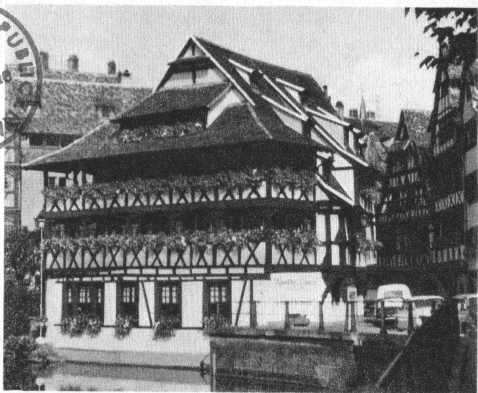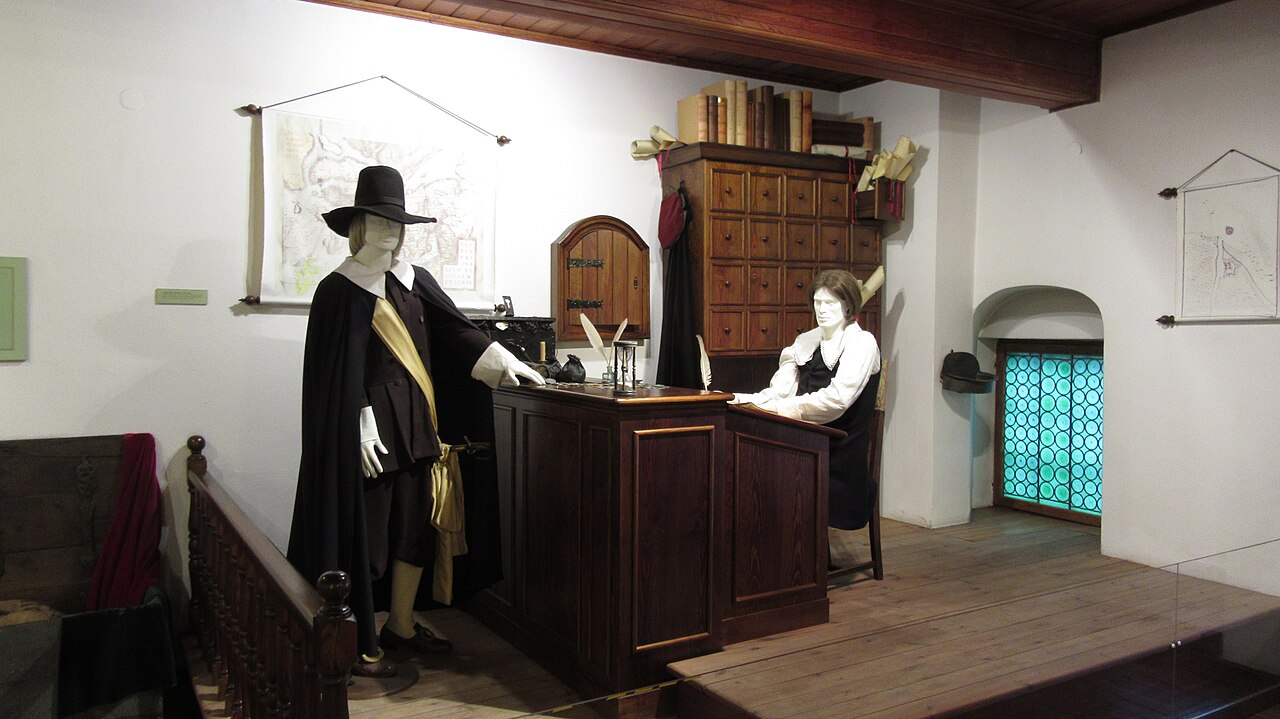Alsace (Alsace), hist. land in the east. France, situated between the Rhine and the Vosges. There are finds from prahist times in these lands. (m.in. ribbon ceramics), from the rome period. and the early Middle Ages (artist. Merovingian and Carolingian products). Until the 17th century. art A. was closely related to the German culture. Monumental architecture developed in the Romanesque period. Close ties connected her with the art of the Rhineland (m. in. frequent use of the bundled system), the decorations revealed Lombard influences (arcaded friezes). The most important Romanesque churches have been preserved in Andlau, Guebwiller, Marmoutier, Murbach, Neuwiller-les-Saverne, Ottmar's home, Rosheim i Selestat. Gothic construction has kept many Romanesque features for a long time (especially the plans). Churches of mendicant orders had a characteristic structure (vaulted presbytery, the nave is closed with a wooden ceiling). W XIII c. came to A.. group of French artists, the work of which became the magnificent sculptural decoration of the Strasbourg Cathedral. French influence, are also seen in the church in Thann. Sepulchral sculpture developed abundantly in the late Gothic period (Colmar, Thann) and sacral (Nicholas of Haguenau). W XV w. operated in Strasbourg N.. Gerhaert of Leiden, who transplanted to the area of A.. Dutch art influences. W XIV—XVI w. bloomed in A. blackboard painting! in addition to numerous anonymous masters, they worked here: K. Isenmann, H. Hirtz, M. Schongauer. The bourgeois architecture gained an individual expression, combining Gothic and Renaissance forms (town halls in Molsheim, Whistle to me, Rouffach). Half-timbered houses are particularly characteristic, with high peaks (often overhanging), decorative balconies, bay windows and galleries, often enriched with carvings (Colmar, Strasburg). Medieval art by A.. was also represented by goldsmithing (Strasburg) and stained glass. At the end of the 17th century. Vauban carried out on the premises of A.. great fortification works (Belfort, Neuf-Brisach i in.) and transferred here the influence of the French, classicism. Magnificent residences of church dignitaries were built in Strasbourg (bishop's palace) i w Saverne. J. F. Blondel prepared the draft regulation of Strasbourg. At the same time, baroque churches were also built, borrowed from southern. German (Ebersmunster). In the 18th century. existed in A.. local painting center (Ph. J. Loutherbourg, J. F. sound, M. Drolling). Ceramics, artists, achieved a high level. from the Strasbourg and Niederwiller manufactories.




